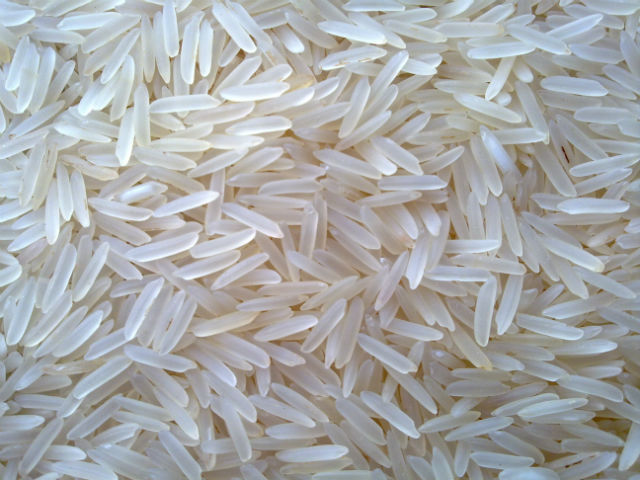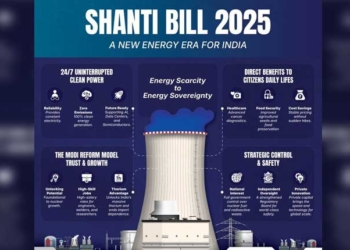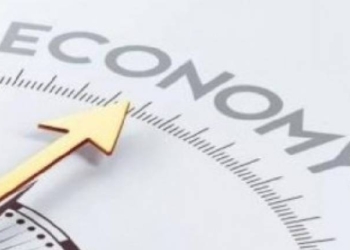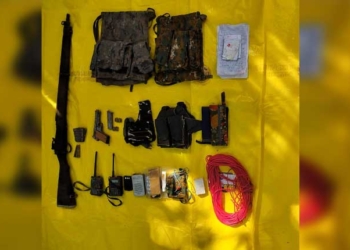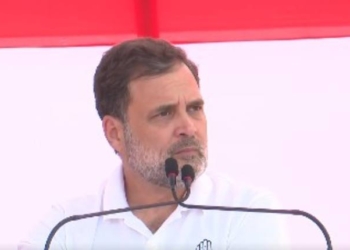New Delhi: The Union Cabinet, chaired by Prime Minister Narendra Modi, on Wednesday approved the continuation of the free universal supply of fortified rice under all schemes of the government, including the Pradhan Mantri Garib Kalyan Anna Yojana (PMGKAY) and other welfare schemes from July 2024 and up to December 2028.
According to the Cabinet, the rice fortification initiative will continue as a Central sector initiative with 100 per cent funding by the government as part of PMGKAY (food subsidy), thus providing a unified institutional mechanism for implementation.
To address anaemia and micronutrient malnutrition in the vulnerable population, food fortification has been used globally as a safe and effective measure.
In India, rice is an ideal vehicle for supplying micronutrients as 65 per cent of the population consumes it as a staple food. Rice fortification involves the addition of Fortified Rice Kernels (FRK) enriched with micronutrients (iron, folic acid, Vitamin B12) as per standards prescribed by the FSSAI to regular rice (custom milled rice).
In April 2022, the Cabinet Committee on Economic Affairs (CCEA) decided to implement the rice fortification initiative throughout the country in a phased manner by March 2024.
The Cabinet informed that all three phases have been successfully completed and the target of universal coverage to supply fortified rice in all schemes of the government was achieved by March. The move is in line with PM Modi’s address on the 75th Independence Day on the necessity of nutritional security in the country. The initiatives like “Supply of fortified rice throughout the Targeted Public Distribution System (TPDS), Other Welfare Schemes, Integrated Child Development Service (ICDS), PM POSHAN (Erstwhile MDM) in all States and Union Territories (UTs)” to address anaemia and micronutrients deficiency in the country have been taken up.
As per a recent National Family Health Survey (NFHS-5), anaemia remains a widespread issue in India, affecting children, women and men across various age groups and income levels.
(IANS)




